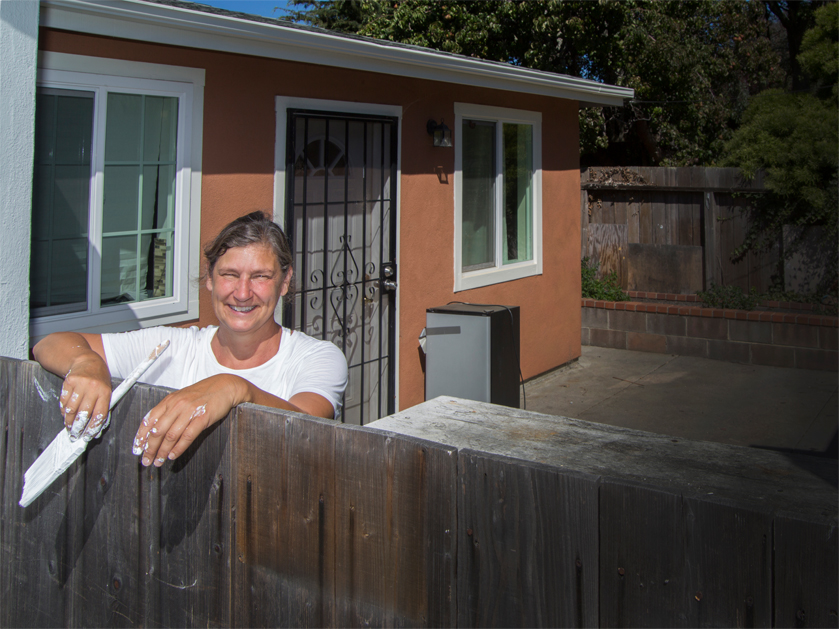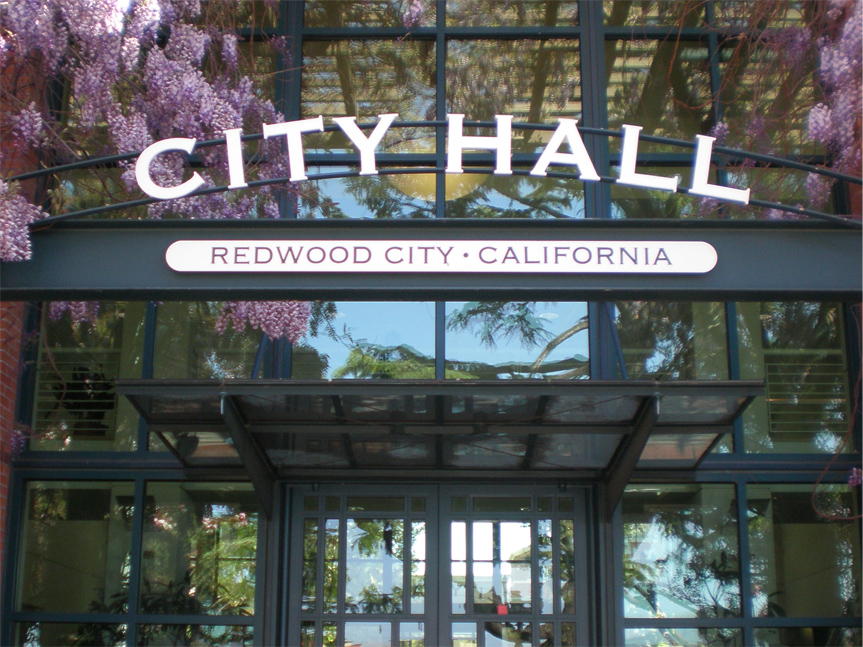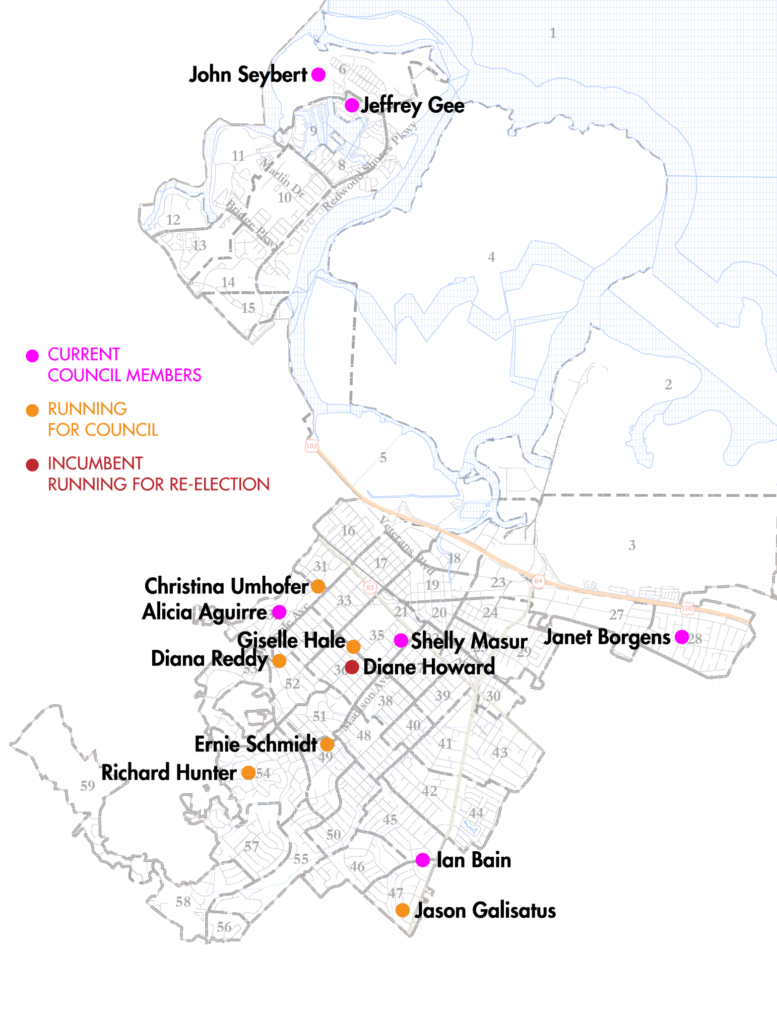7th annual celebration of Dia de Los Muertos set for Sunday

The 7th Annual Celebration of Day of the Dead- Dia de los Muertos on Sunday, Nov. 4, from 4-9 p.m. at Redwood City’s Courthouse Square.
Dia de Los Muertos is a Mexican holiday where friends and family gather to pray for and fondly remember those who have passed.
Admission is free for the event featuring music, dancing, a procession down Broadway, food court, vendors, as well as free activities for children. Everyone will be encouraged to participate in a community Chalk Art Mural.
The event is hosted by Redwood City Parks and Arts Foundation, in partnership with Casa Circulo Cultural, the San Mateo County History Museum and Friends of the Library.









